 The Future Feed Industry’s Greatest Resource: Algae
03. 21. 2018
#Feed industry
The Future Feed Industry’s Greatest Resource: Algae
03. 21. 2018
#Feed industry

The scientific world is waking up to the wonders of algae. They have already discovered that the green slime can be used for biodiesel, bioethanol, and biobutanol production; used as a food stabilizer; burnt as biomass for electricity and heat; used for water treatment; and used as a fertilizer manufacturing feedstock.
And now algae (as a nutritional, affordable, and sustainable feed additive) is set to transform the feed industry.
As the industry journal, AllAboutFeed reports, “Excess waste nutrients produced from anaerobic digestion of food and farm waste can be used to cultivate algal biomass for animal feed.”
The algae require nutrients to grow, so they are fed the excess nutrients from anaerobically digested food and farm waste. This will make the raw material for the feed ingredient both low cost and sustainable.
The ongoing research is being led by Dr Carole Llewellyn, Associate Professor in Applied Aquatic Bioscience at Swansea University, UK. On the university website she explains how, “Anaerobic Digestion is used to process a significant amount of food and farm waste to produce biogas and a nutrient rich digest.”
A feed additive produced from an essentially free waste product.
While the process could be used to develop several chemical products, this study, “…will be looking to use the cultivated algae biomass in animal feeds. In this way algae can help provide a circular economy solution for the waste industry and help ensure that agriculture is developed sustainably.”
The study was partially inspired by a discovery which solved the problem of algae’s slow growth. At present, algae can take weeks to reach industrial quantities, making it a time consuming and more expensive resource.
But now research conducted at Washington State University, led by graduate student Sandra Rincon and her advisor, Prof. Haluk Beyenal, have developed a unique system that, “… allows the algae to simultaneously do photosynthesis like a plant while also ‘eating’ carbon and respiring like an animal.”
The result is algae that grows in days instead of weeks. An outcome that could be the final hurdle in developing economically viable algae as a feed ingredient.
In the new process the algae are, “fed glycerol, a cheap waste product of biodiesel production, and urea, another inexpensive chemical that serves as a nitrogen source for the algae. The system's design means that carbon dioxide and oxygen are recycled in the system.”
With growth rates now speeded up to more economic standards, it seems that algae could be about to change our lives. While its use as human food may take some changes in thinking, its adaption as an animal feed will be much smoother. Its high nutritional content, sustainability, ease of production, and low cost could make them part of a new wave of feed ingredients.
As Dr Llewellyn states, “Algae are perhaps the most important group of organisms on our planet! It is estimated that around 70% of the oxygen we breathe comes from algae and yet we still know relatively little about them compared to land-based plants. Only now are we recognising just how important algae are for a whole range of opportunities including as biological cell factories to produce useful chemicals; and in the clean-up of waste including CO2, nitrate, phosphate, metals and organic pollutants.”
More importantly for the feeding the world, she adds that, “We are also recognising just how nutritious they are!” A fact that could feed the planet’s livestock and poultry, as well as lead to a revolution in the feed industry.
If you wish to learn more about feed additive options, feed additive prices, and products for animal health then follow the link to the AG CHEMI GROUP feed industry blog page.
For specific feed additive enquiries, you can contact AG CHEMI GROUP’s friendly sales team.

The AG CHEMI GROUP Sales Team
Photo credit: WSU, SwanseaUniversity, OrionHealing, Algix, & Inhabitat